Pollinating The Hippeastrum - Part 2
jodik_gw
15 years ago
Related Stories
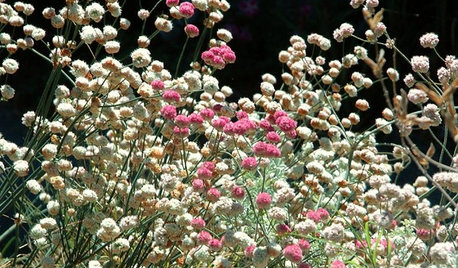
GARDENING GUIDESGreat Design Plant: Eriogonum Nudum, a Summer Oasis for Pollinators
Naked buckwheat is a bee and butterfly magnet with an easy nature, a tough constitution and profuse pom-pom flowers in summer
Full Story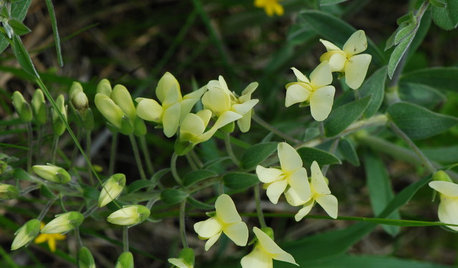
FLOWERS AND PLANTSPlant Baptisia Bracteata for Blooms Pollinators Will Love
Longbract wild indigo is great in dry soil, and its spring flowers attract butterflies and bumblebees
Full Story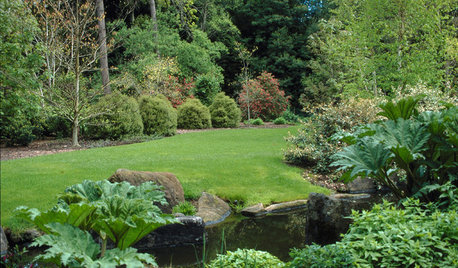
GARDENING GUIDESYou Don't Need Prairie to Help Pollinators
Woodlands, marshes, deserts — pollinators are everywhere
Full Story
NATIVE PLANTSPlant These Fall-Flowering Natives in Early Summer for Pollinator Love
These 3 groups of plants will support masses of beneficial insects come autumn
Full Story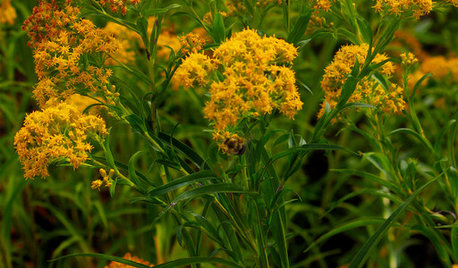
FLOWERS AND PLANTSThis Sunny Yellow Flower Helps Fall Pollinators and Landscapes
Oligoneuron riddellii’s distinct grass-like leaves and bright flowers jazz up the garden in the upper Midwest and Central Plains
Full Story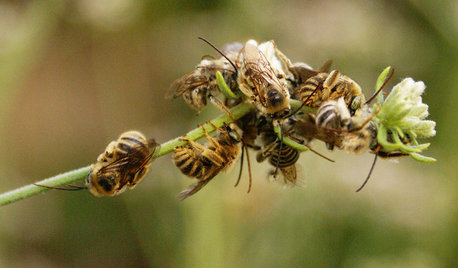
GARDENING GUIDESGreat Design Plant: California Buckwheat Pleases Pollinators
Beneficial insects go wild for this drought-tolerant plant’s summer flowers, while seed heads feed critters foraging in the cold
Full Story
FARM YOUR YARDHello, Honey: Beekeeping Anywhere for Fun, Food and Good Deeds
We need pollinators, and they increasingly need us too. Here, why and how to be a bee friend
Full Story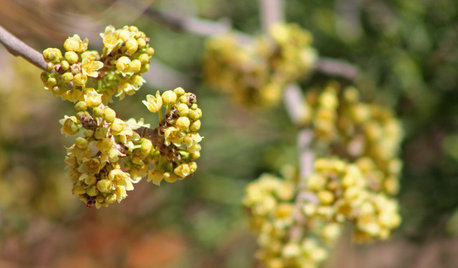
GARDENING GUIDESGreat Design Plants: Rhus Trilobata
Plant skunkbush sumac for its brilliant fall color, and tiny late-winter flowers that provide food for pollinators
Full Story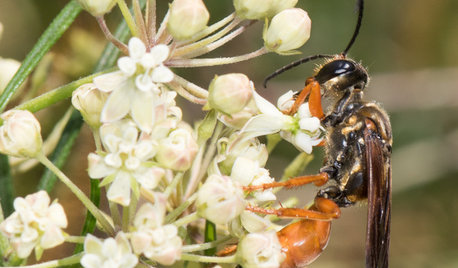
GARDENING GUIDESGreat Design Plant: Asclepias Verticillata
Plant whorled milkweed in dry central and eastern U.S. gardens to attract monarch butterflies and other insect pollinators
Full Story
GARDENING GUIDESAttract Hummingbirds and Bees With These Beautiful Summer Flowers
Roll out a welcome mat for pollinators to keep your landscape in balance and thriving
Full StoryMore Discussions






rosepedal
jodik_gwOriginal Author
Related Professionals
Simpsonville Landscape Architects & Landscape Designers · New Bedford Landscape Architects & Landscape Designers · Ballenger Creek Landscape Architects & Landscape Designers · Chattanooga Landscape Architects & Landscape Designers · Buford Landscape Contractors · Clermont Landscape Contractors · Beachwood Landscape Contractors · Bethel Park Landscape Contractors · Nanuet Landscape Contractors · Placerville Landscape Contractors · Saint John Landscape Contractors · San Rafael Landscape Contractors · East Norriton Landscape Contractors · Cedar Hill Swimming Pool Builders · Cypress Swimming Pool Buildersdeepak
jodik_gwOriginal Author
hatta
jodik_gwOriginal Author
phoenixryan
jodik_gwOriginal Author
Carol love_the_yard (Zone 9A Jacksonville, FL)